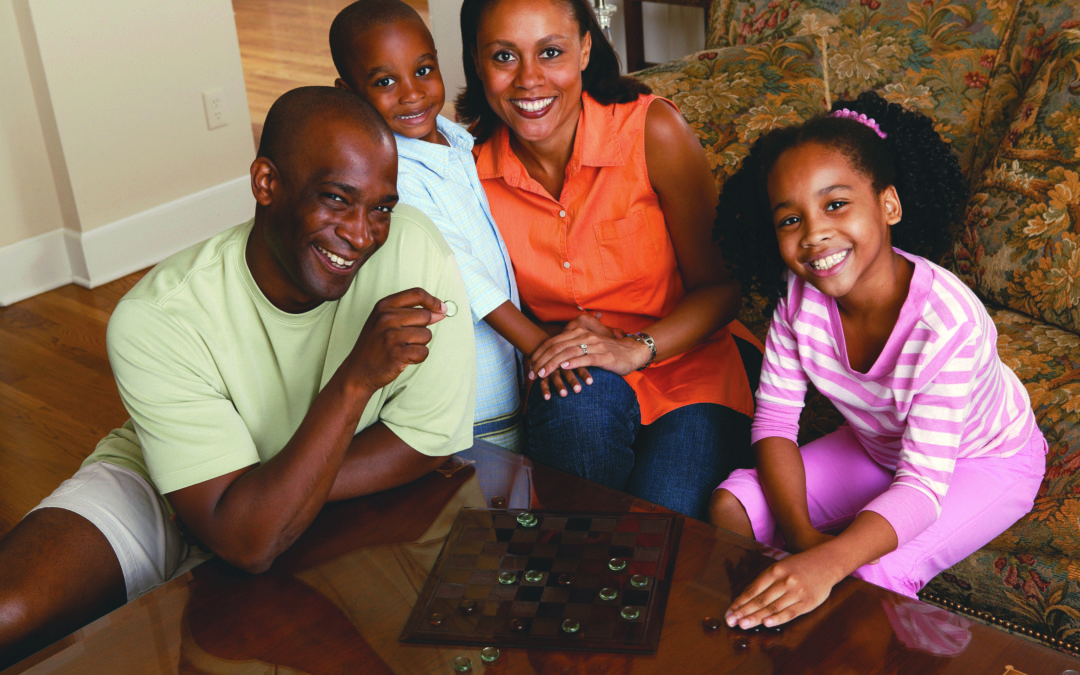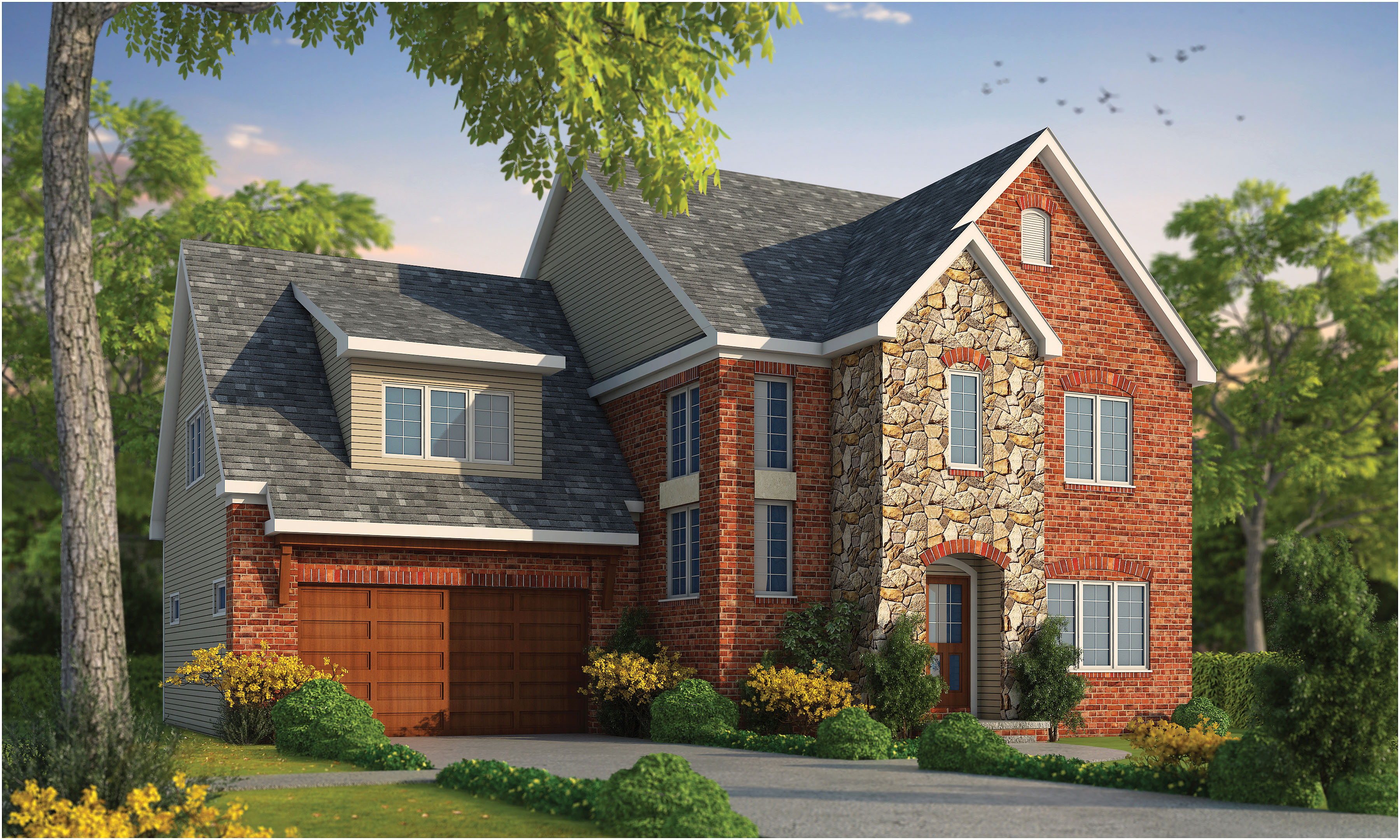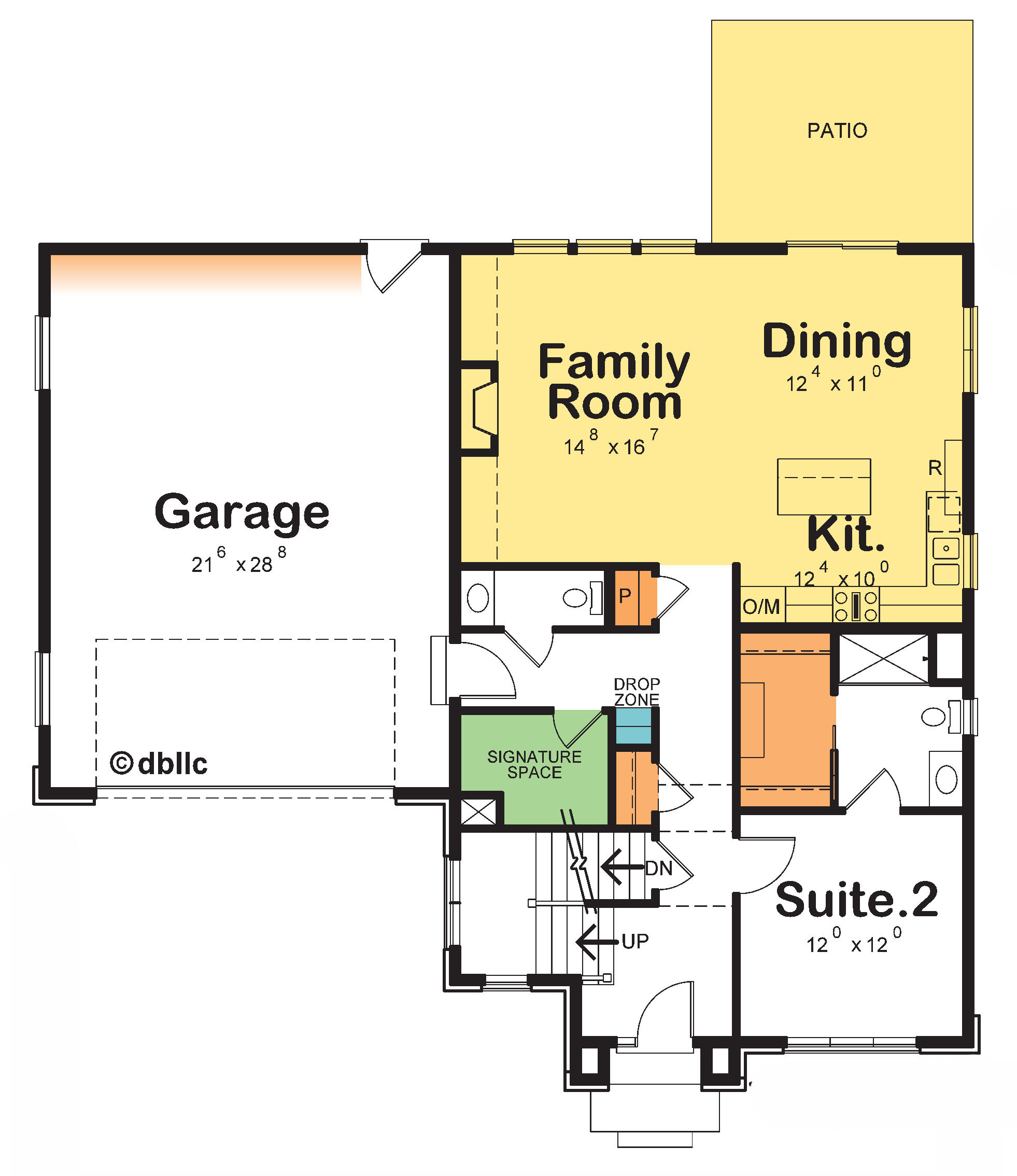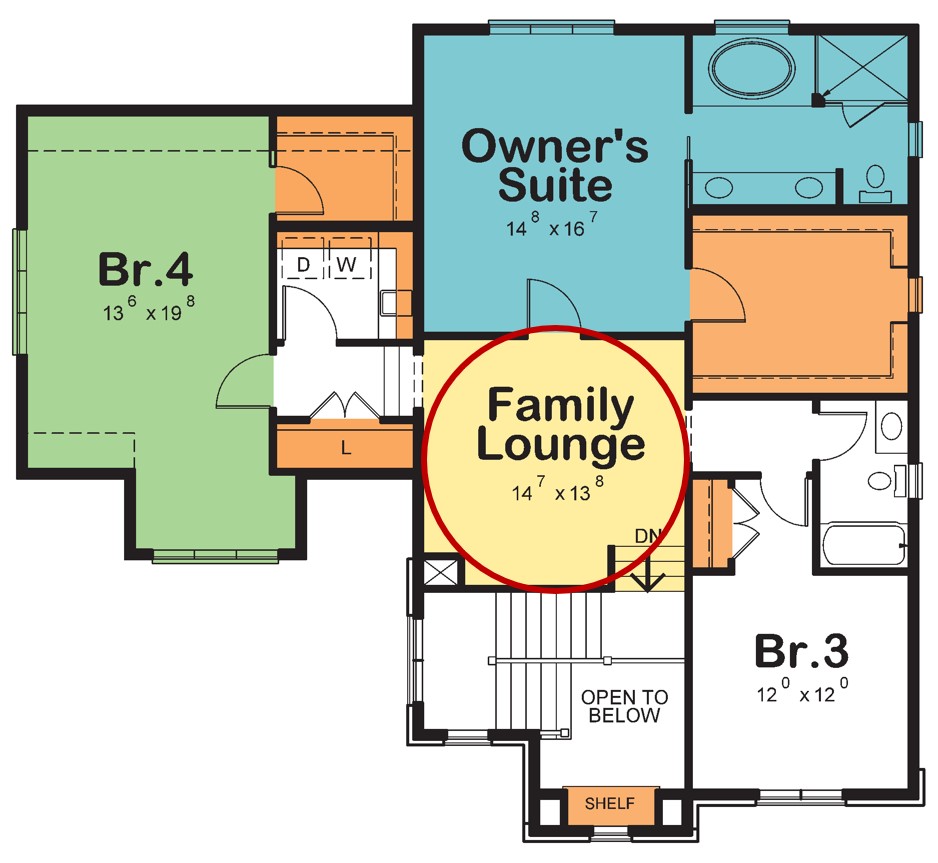
Celebrating Togetherness – Multi-Generational Design Solutions
Arloene moved in with her adult son after falling and breaking her hip. Tom moved in with his adult daughter after his wife passed away and the loneliness was just too much. Lori and her young son moved back in with her parents when her marriage didn’t work out. Jeanne dreamed of sharing their home so that her children would grow up and really get to know her aging parents. Lois and Roger, on a fixed income and with a home that was paid for but in need of repairs, had a lot to offer their son’s family who enjoyed a good, steady income, yet wasn’t able to stash much away for a down payment on a home of their own.
“In 2016, a record 64 million people, or 20% of the U.S. population, lived with multiple generations under one roof.” – PEW Research Center. In 1980, the same study showed that number was just 12% of the U.S. population, and in light of the Coronavirus pandemic and its economic fallout, the number is surely even higher today. In light of the growing popularity, we present this two-part series on multi-generational home design.
Along with its 2-car garage version (plan #42229 at just 42-feet wide) the Cedar Glen II (plan #42369 3-car) is Design Basics’ most popular multi-generational home plan. In fact, the Cedar Glens are Design Basics’ best-selling of all of our home plans over the last couple years! The two full, main-floor bedroom suites accommodate both adult generations nicely, with secondary bedrooms upstairs for the kids/grandkids. Togetherness is assured with this plan’s open entertaining area, yet all of the bedrooms are split apart for the privacy we each need, too. Also contributing to the home’s attractiveness is its cost. Many families choose to live as multi-generational households out of a desire to pool their financial resources. With a straightforward foundation, streamlined structural layout, and simple gable rooflines, this value-engineered design is also cost-efficient to build.
Note: All plans shown feature interior passage doors that are at least 32”-wide and the option of a no-step entry at the front door as well as from the garage for enhanced accessibility.
Bedroom locations are one of the most important determinants of finding the right multi-generational home design. Ranch plans such as the Kinney Farm, (#42462), place all of the bedrooms on the home’s main floor. Solitude in this design is maximized by the positioning of all three bedrooms. With so many windows, the socializing area of this home lifts the spirit. Gatherings are further enhanced with the availability of the 16-foot covered deck/patio or use this space to simply relax and appreciate nature.
Alternately, some multi-generational households are looking for one of the suites on the first floor, and another suite upstairs, such as in the Dillon Park (plan #42477). The older generation, typically choosing the main floor suite, is mostly spared daily treks up and down the stairs. With only one main floor suite, such layouts can provide more generous gathering areas while still controlling the home’s overall width and depth. Denoted in this plan as a Family Lounge, buyers favoring one of the suites on the second floor have also expressed interest in a convenient upstairs area for game playing, reading, study, or just enjoying time to themselves.
Some home designs offer excellent potential for meeting the desires of multi-generational buyers. As originally designed, the 1,994 square foot, 3-bedroom Windsor Cottage (plan #42226) is a 2-story home with 3-car tandem garage. But in lieu of the deep tandem garage stall, it can be built with a private first-floor suite – as shown in the Windsor Cottage (plan #42226-4 Bed), coming in at 2,272 finished square feet.
While these designs have proven popular with many of our customers, some buyers are looking for both the shared living areas AND a private living area for the second suite – a design amenity we look at closer in our next post.
For more resources on thoughtful design and products:
- View other articles on our blog
- Browse our Her Home™ Magazine
- Thoughtful Design Concepts
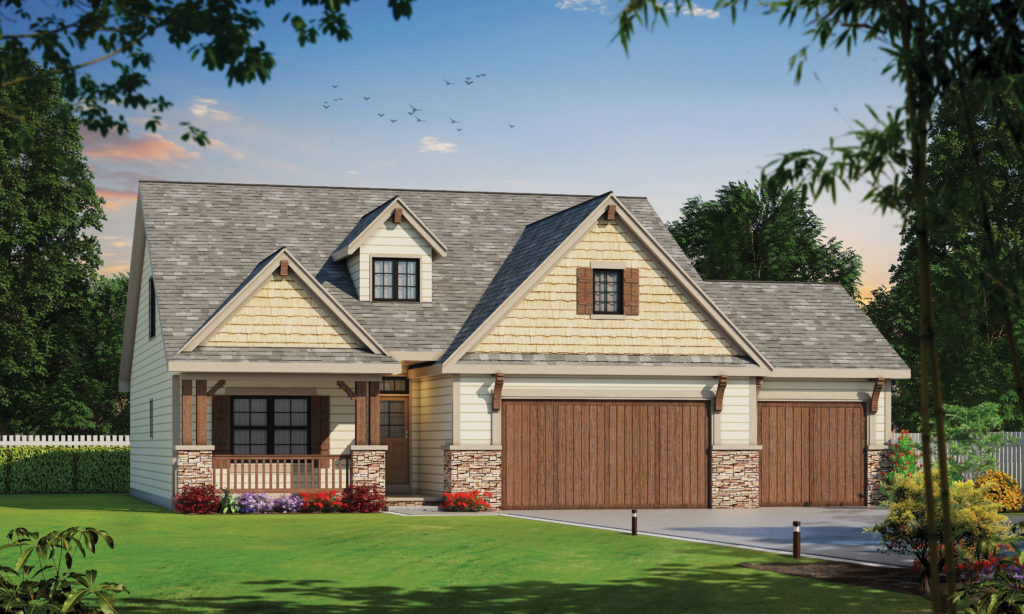
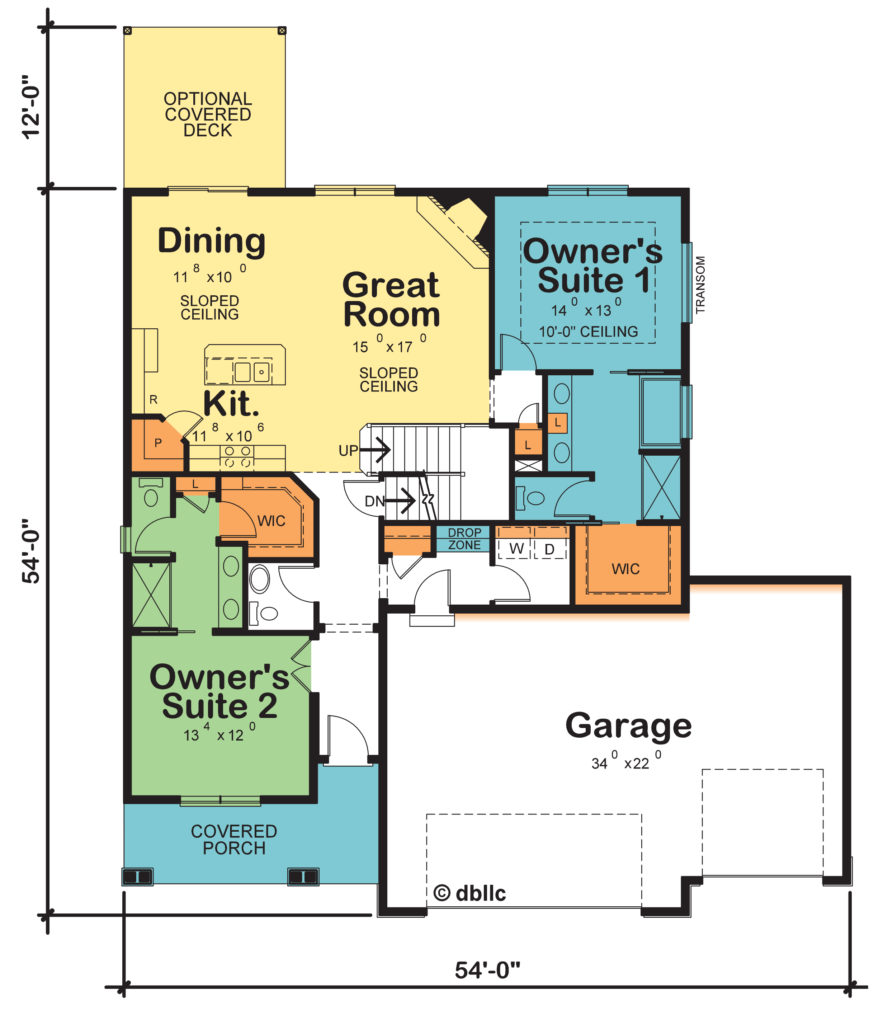
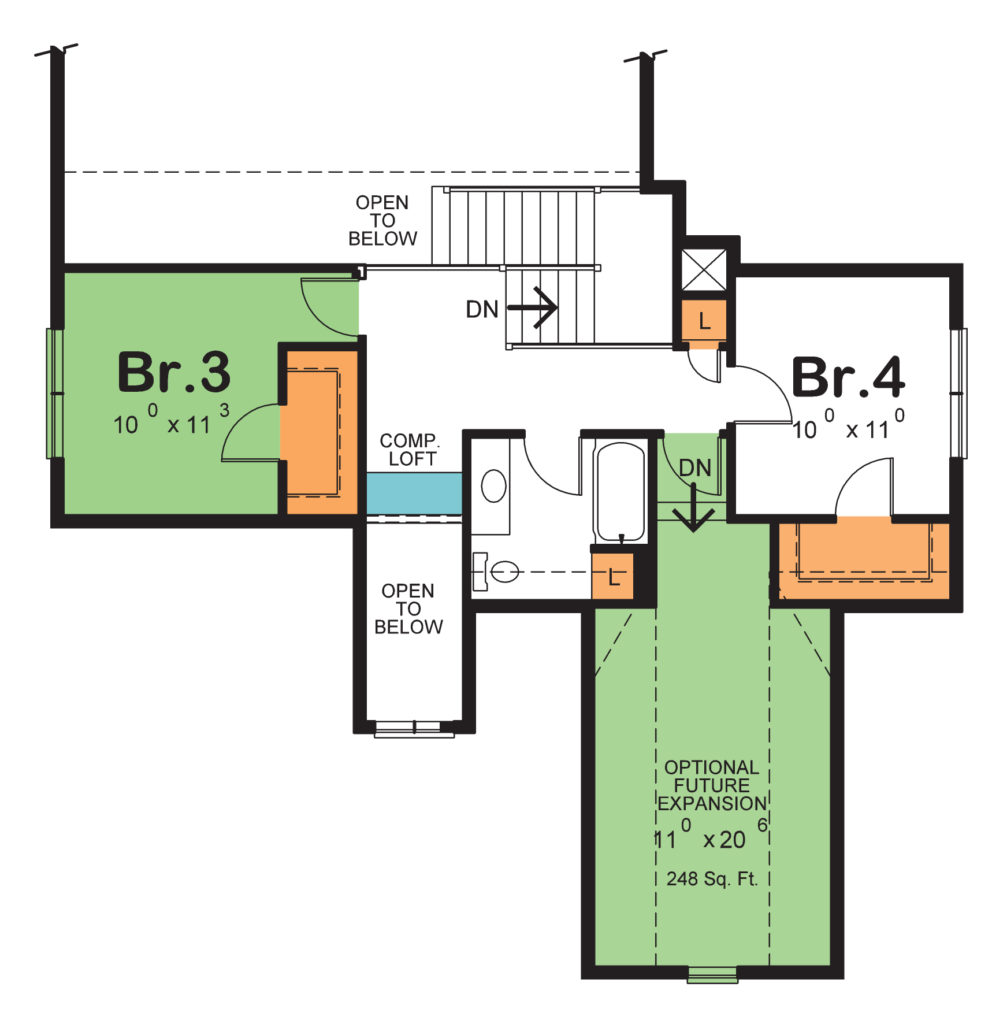
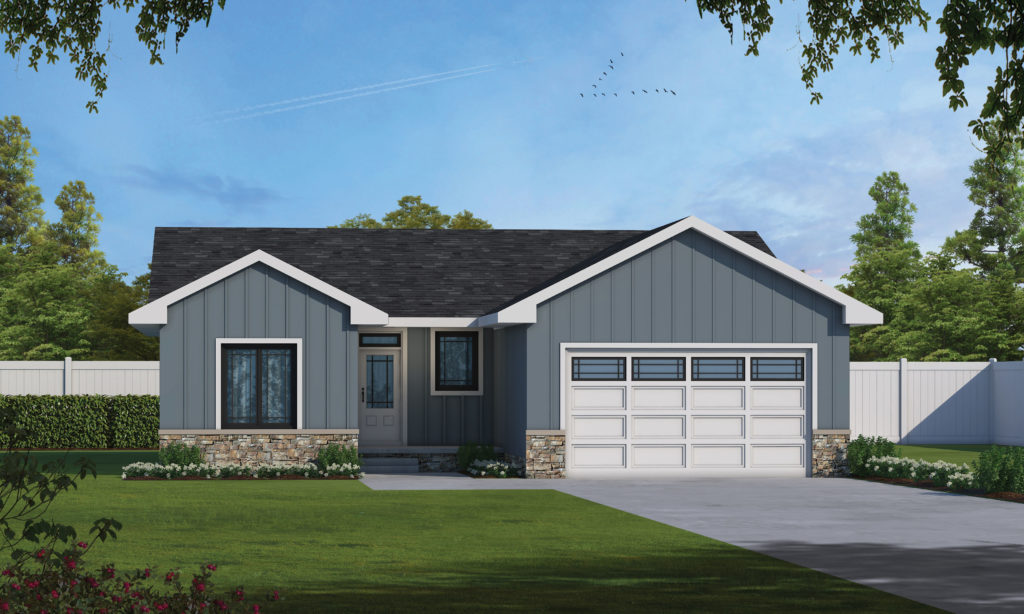
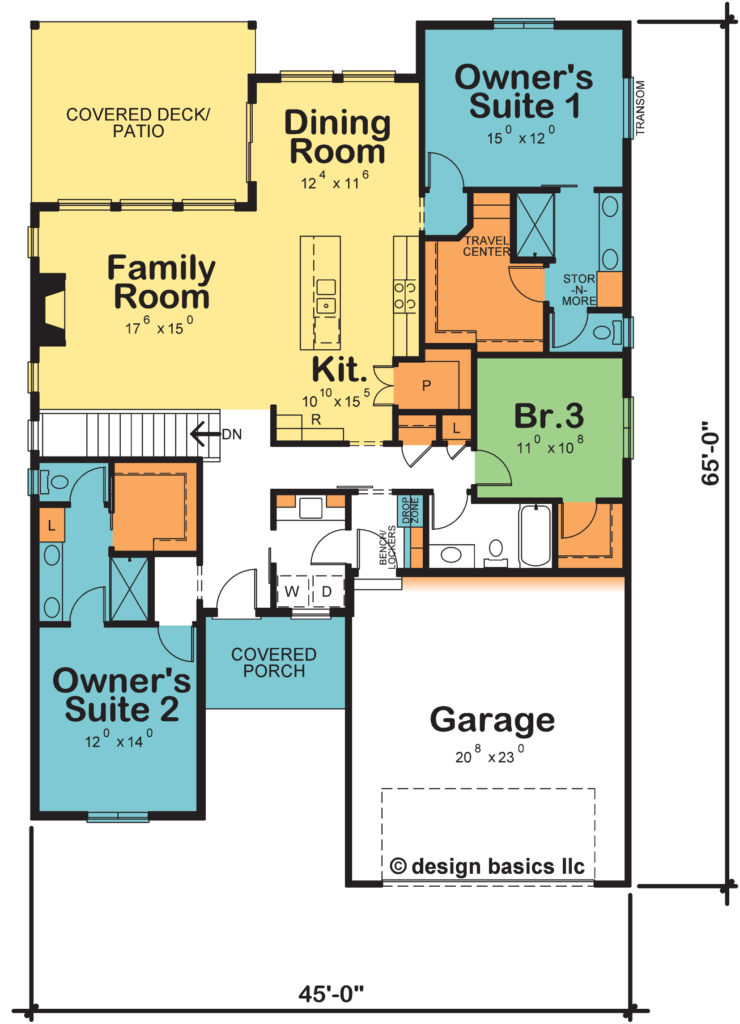
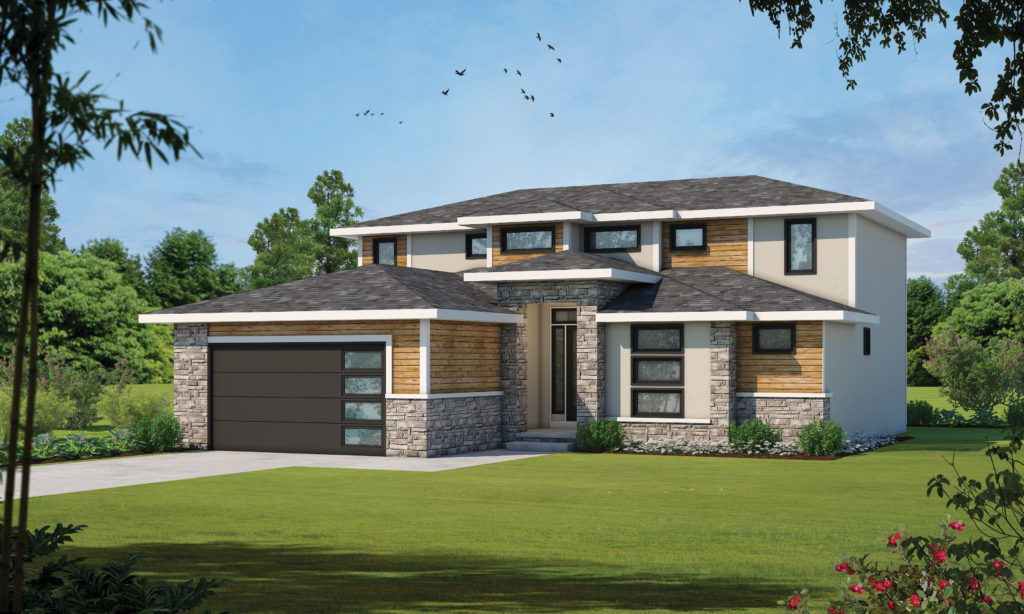
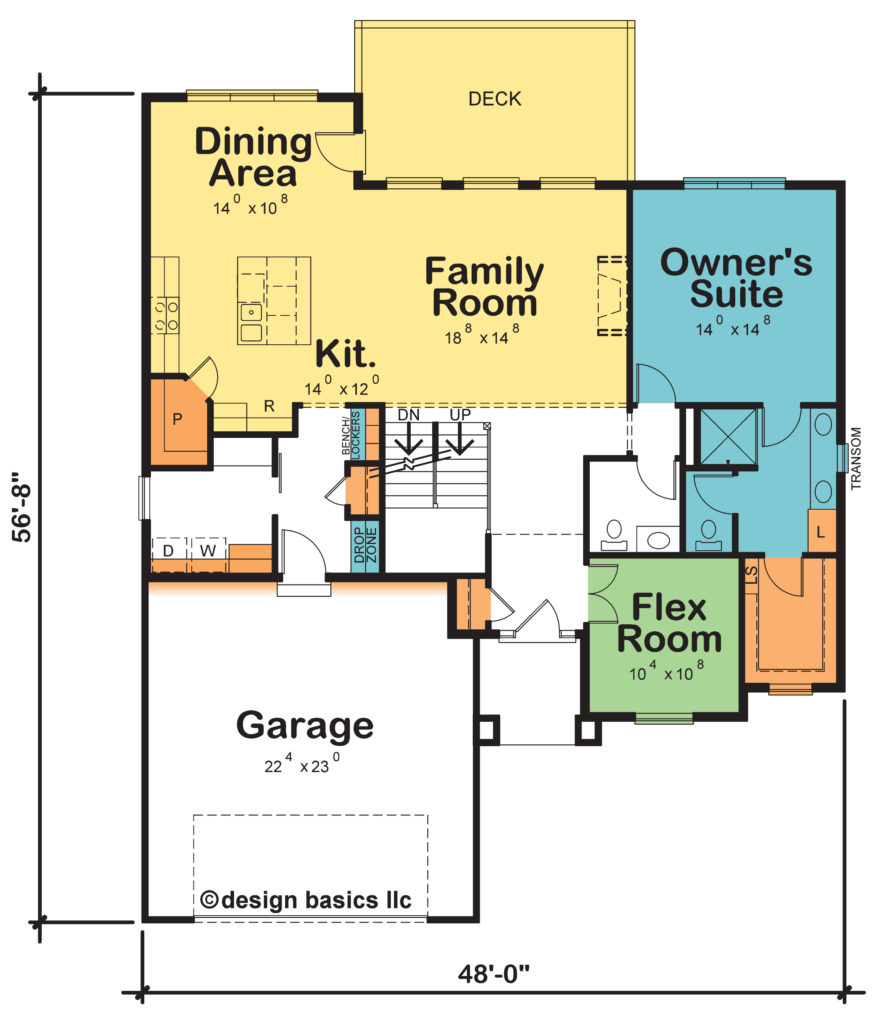
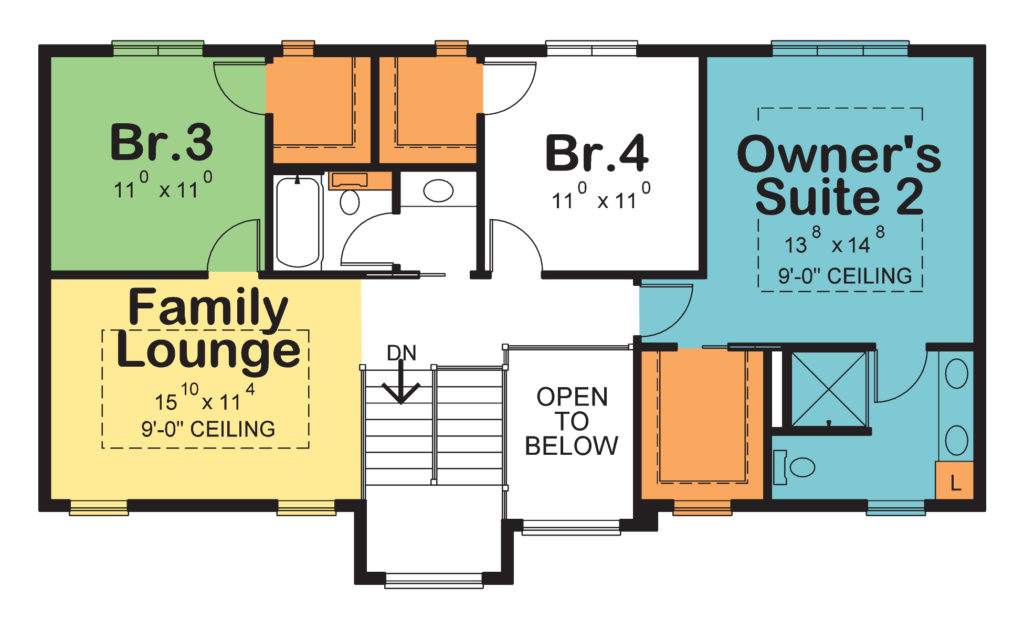
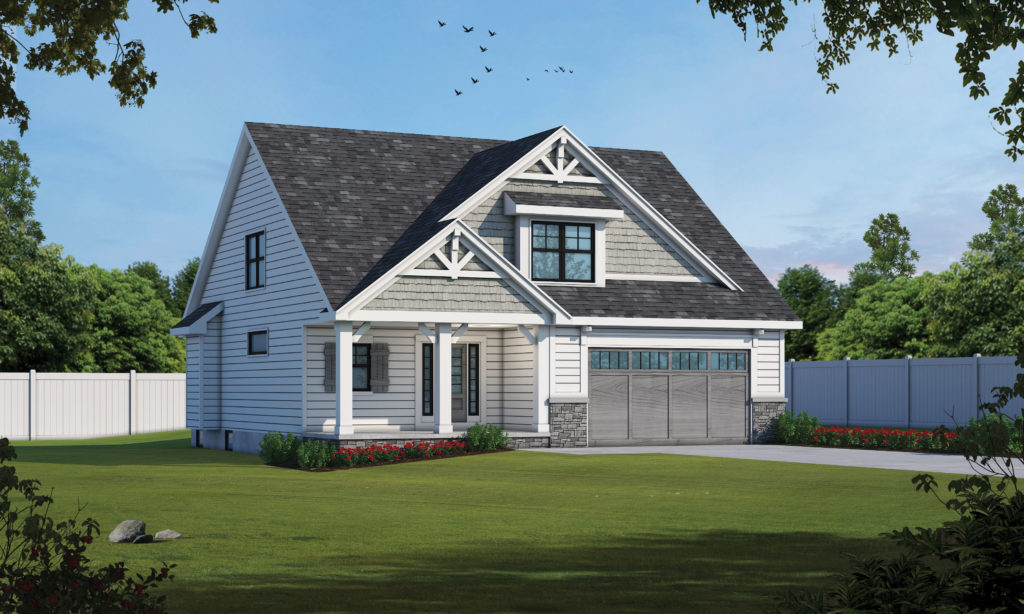
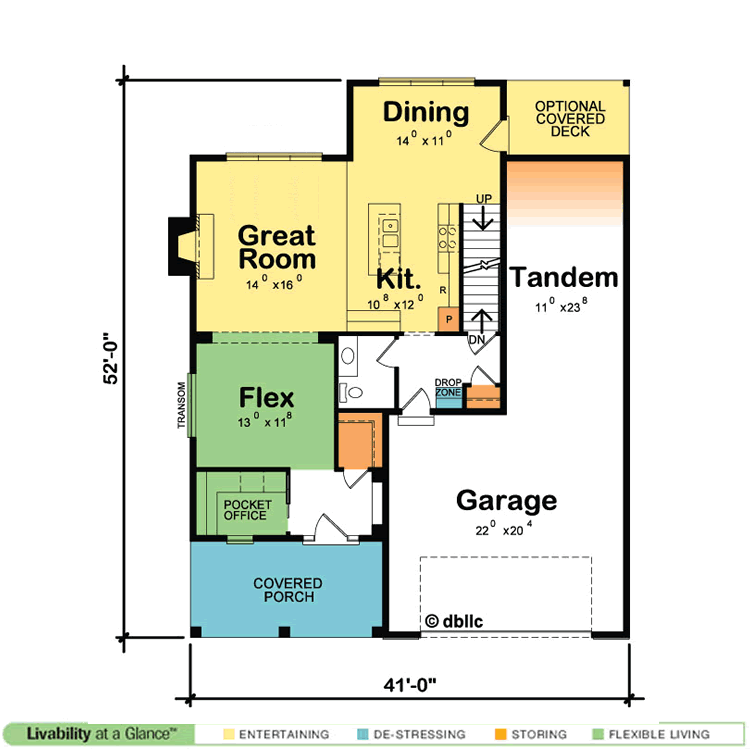
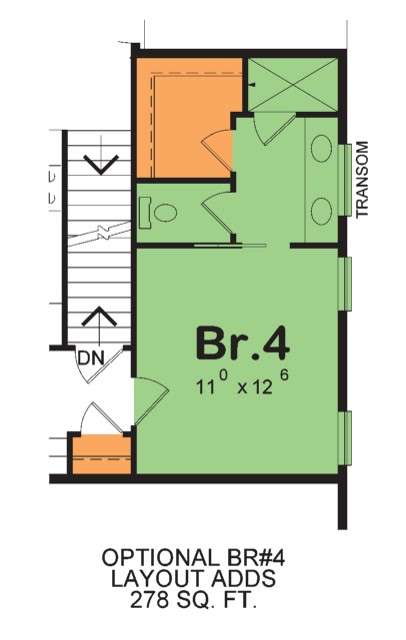
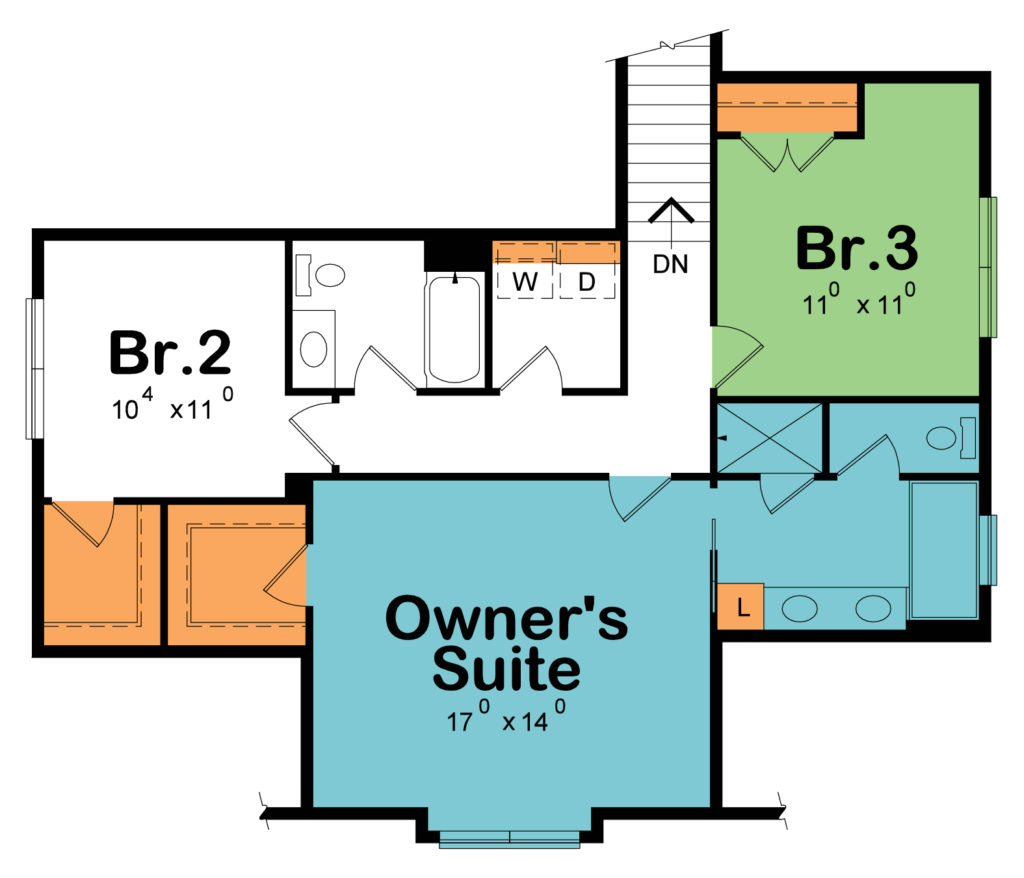

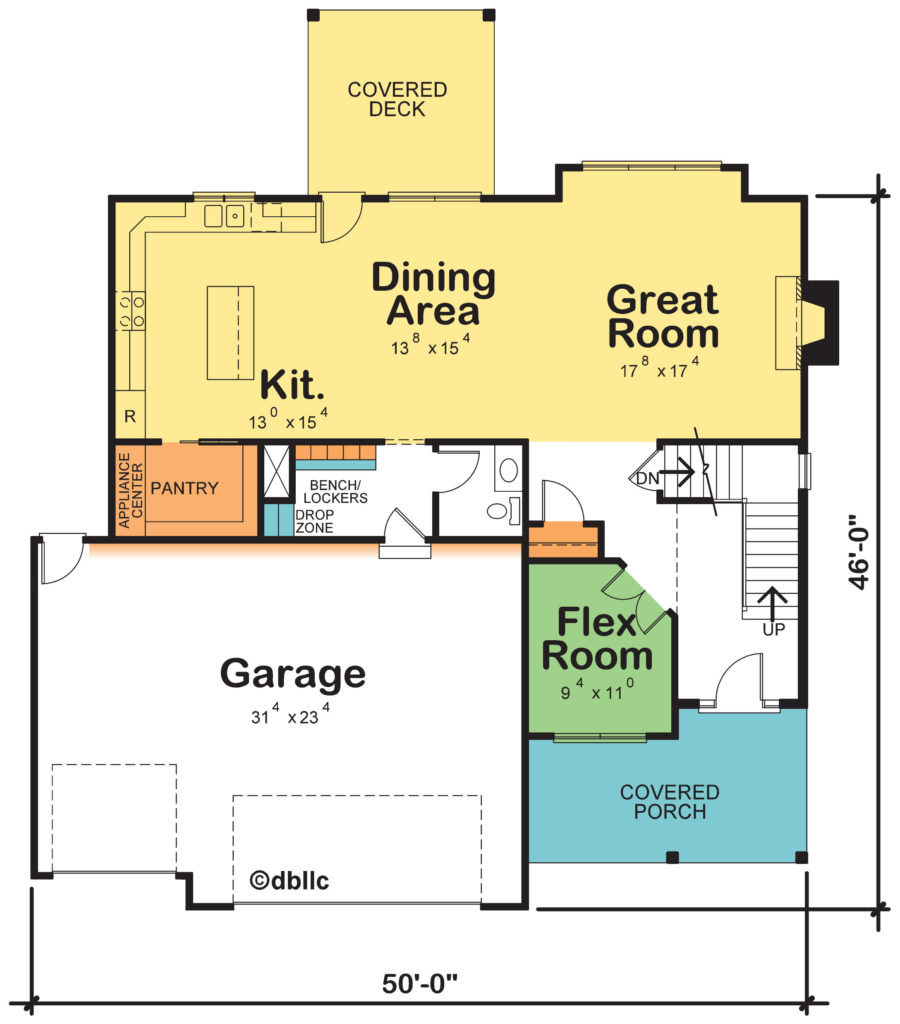
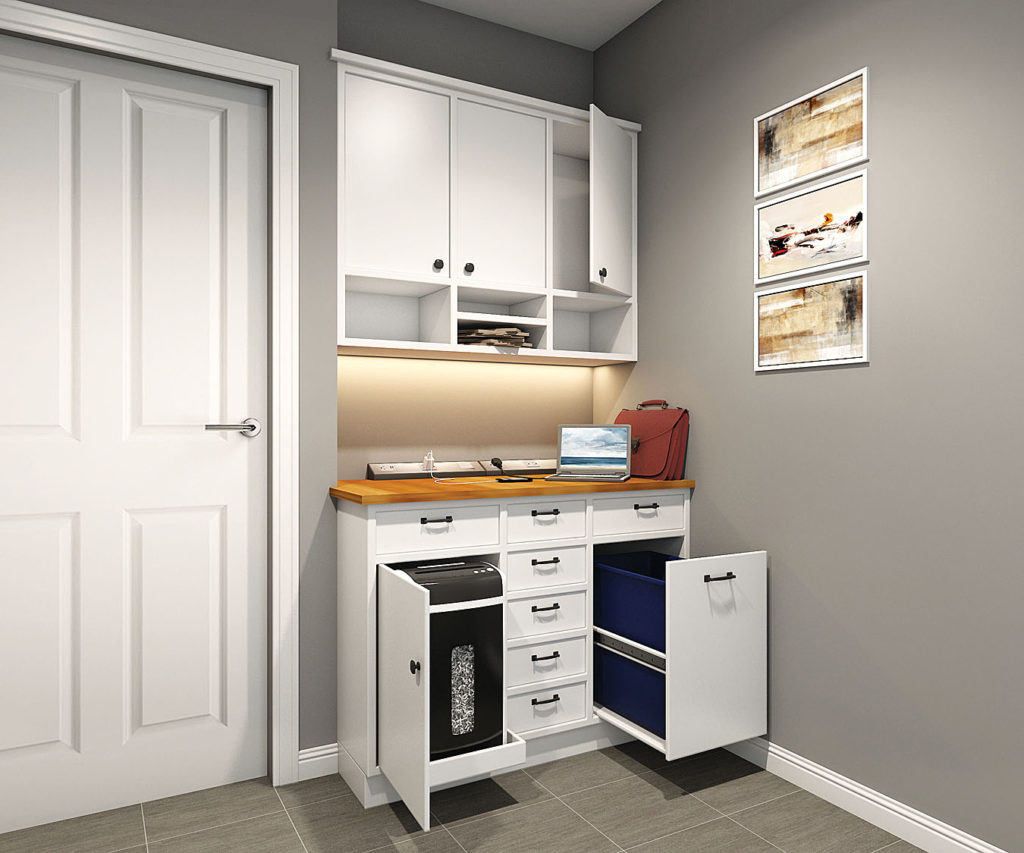
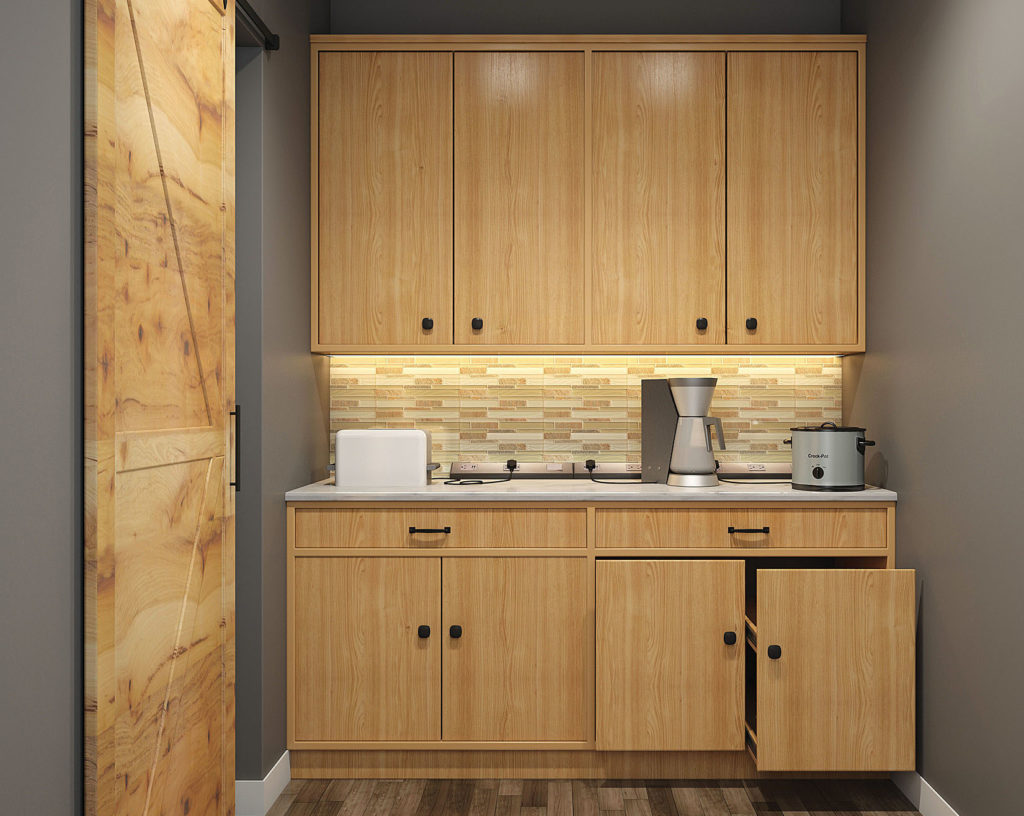
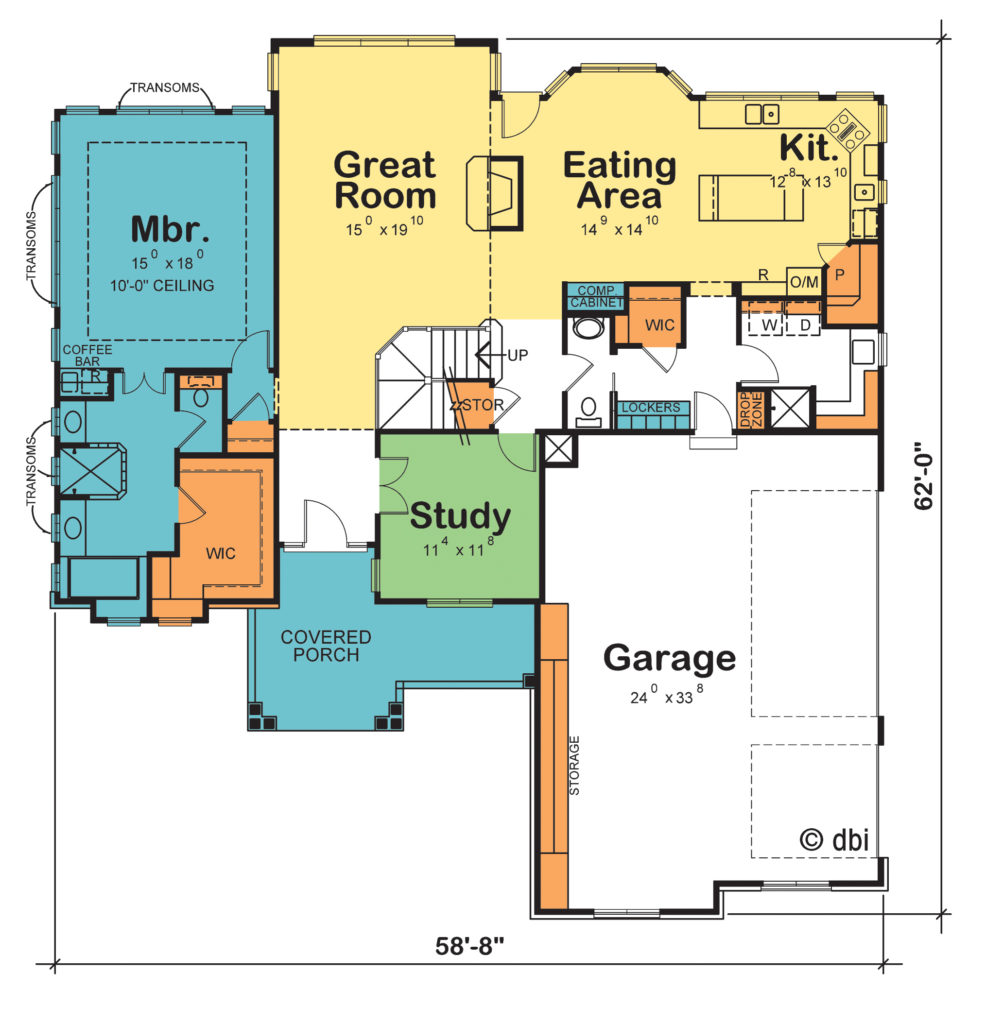
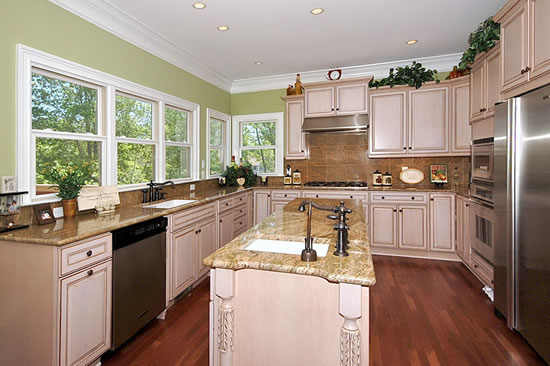
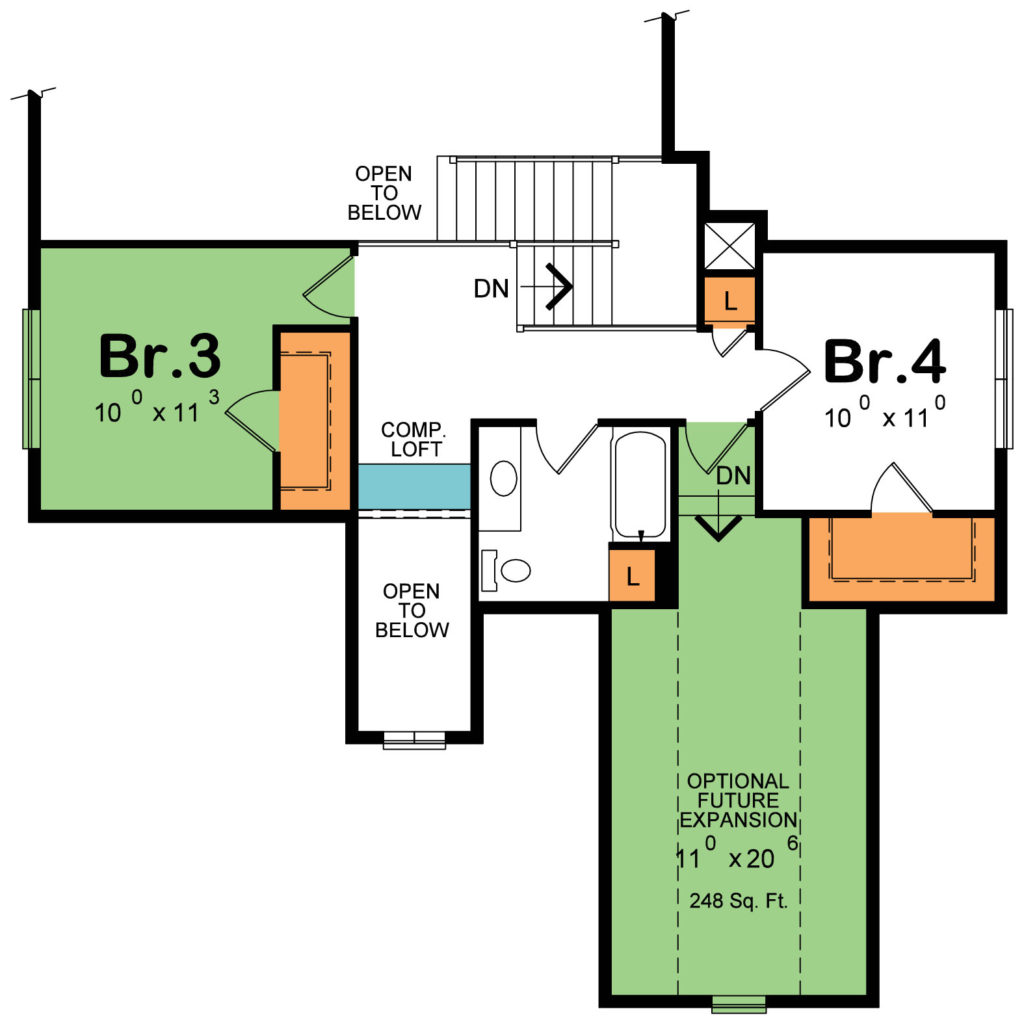
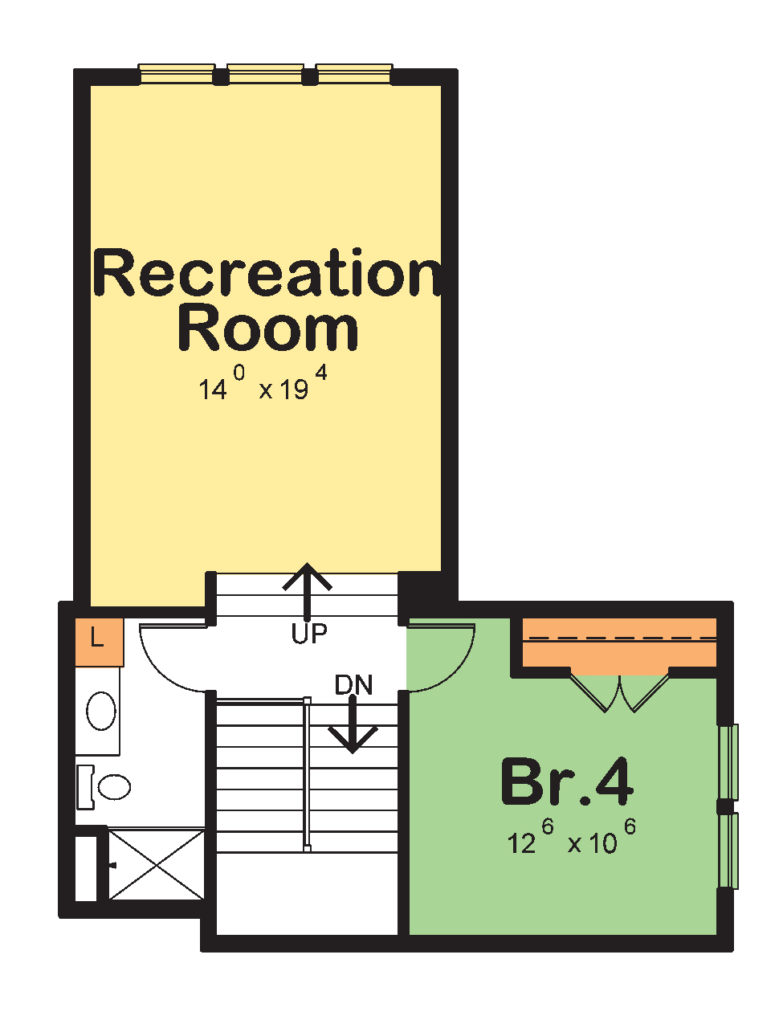

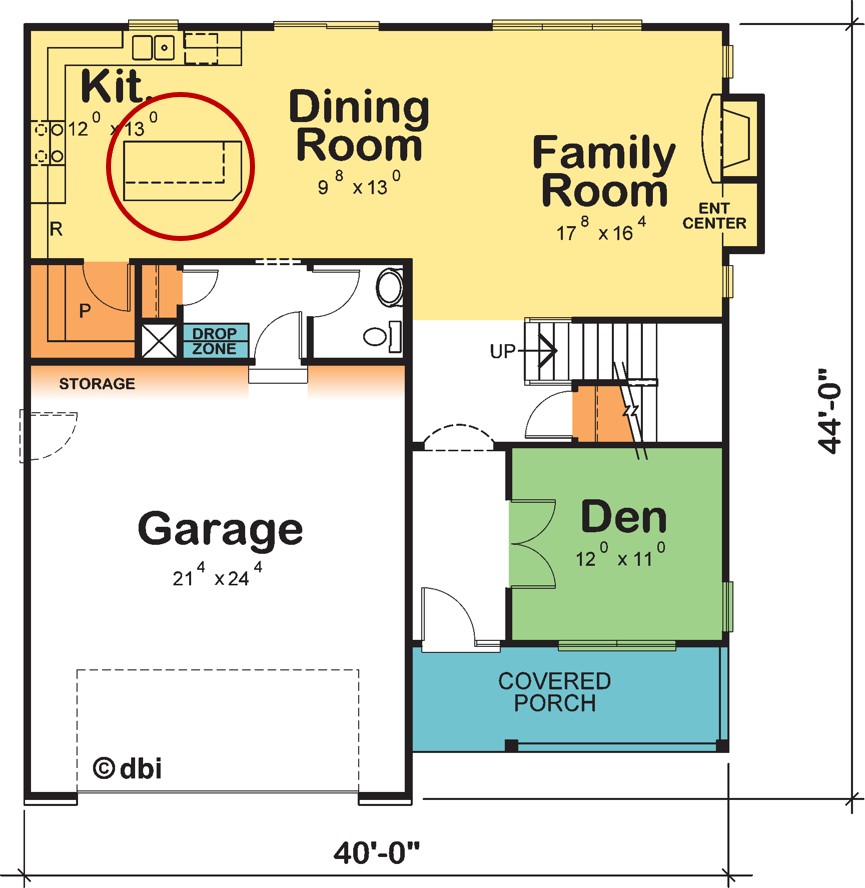
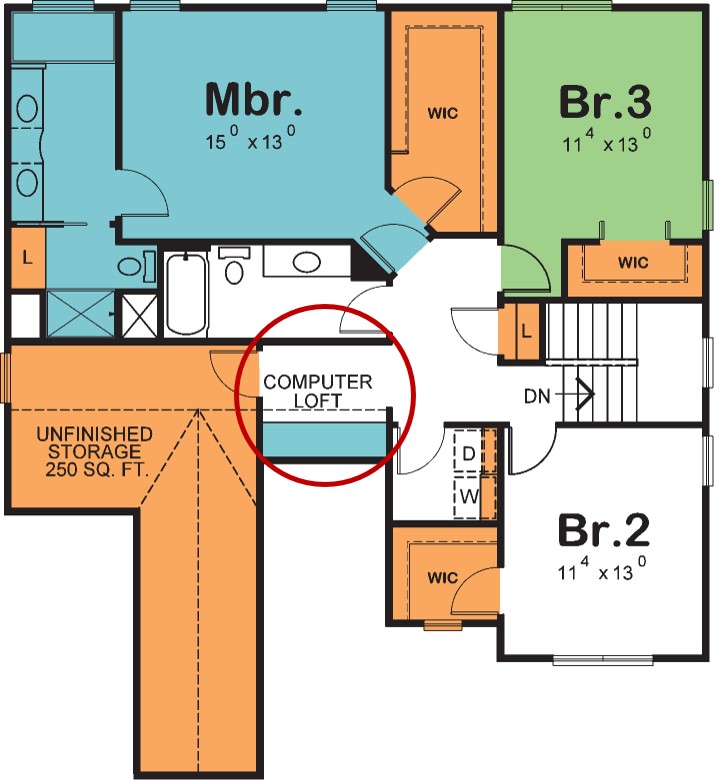
 Rocket men! Our tech-savvy kids of all ages began to experience the joys of new, offline activities. But whether it was jigsaw puzzles or model glue and paint drying, or even some board games, where could such indoor undertakings be left, undisturbed, to complete later? The multi-purpose laundry/activity center in the Aden (
Rocket men! Our tech-savvy kids of all ages began to experience the joys of new, offline activities. But whether it was jigsaw puzzles or model glue and paint drying, or even some board games, where could such indoor undertakings be left, undisturbed, to complete later? The multi-purpose laundry/activity center in the Aden (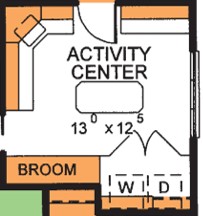
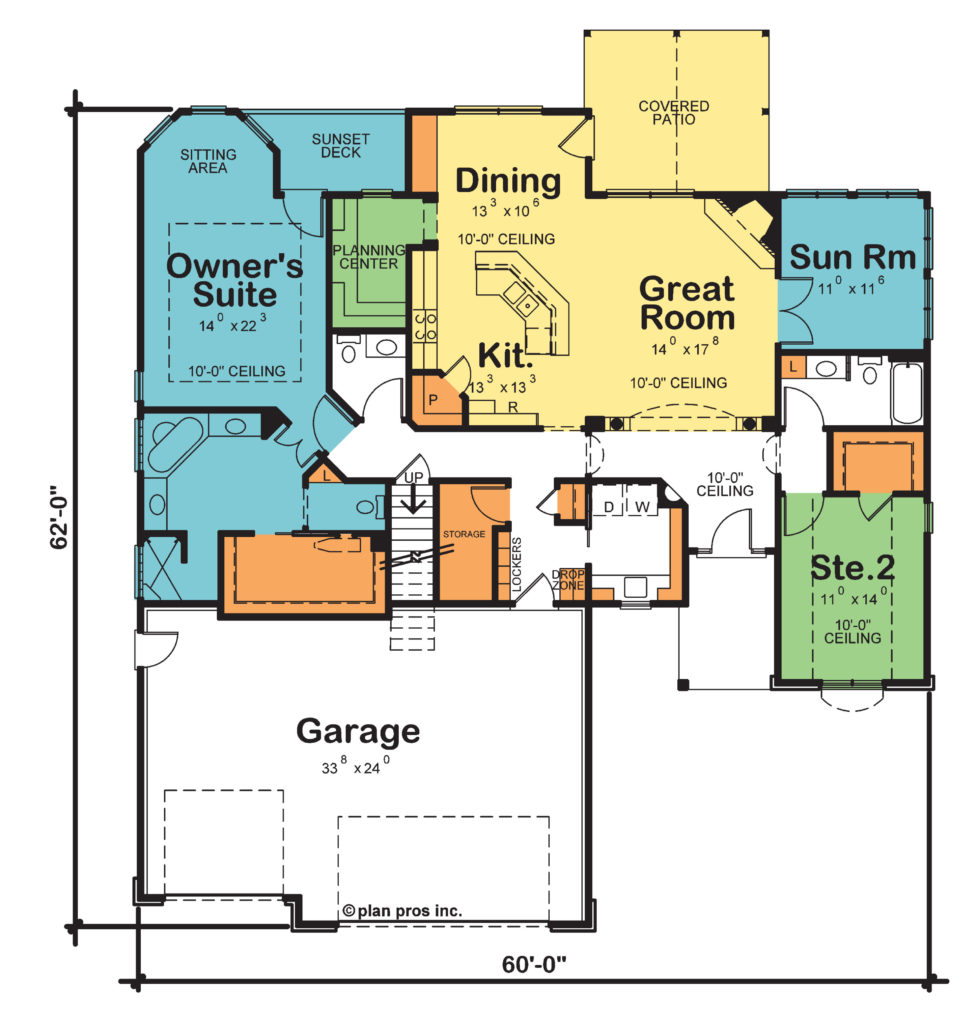

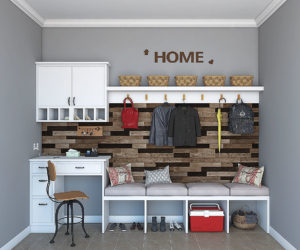 Welcome to Part 2 of the ‘Homes Talk to Women’ series focusing on as it relates to her story. Homes Talk to Women through her life experiences. What has she experienced in her current home or apartment? What does she like; what would she change if she could? Having lived in a home with no garage, for Aimee, the idea of walking into her home from the garage directly into the kitchen without a rear foyer was simply not on her radar screen. Now, homes without a rear foyer say to her, “Thoughtless!”
Welcome to Part 2 of the ‘Homes Talk to Women’ series focusing on as it relates to her story. Homes Talk to Women through her life experiences. What has she experienced in her current home or apartment? What does she like; what would she change if she could? Having lived in a home with no garage, for Aimee, the idea of walking into her home from the garage directly into the kitchen without a rear foyer was simply not on her radar screen. Now, homes without a rear foyer say to her, “Thoughtless!”